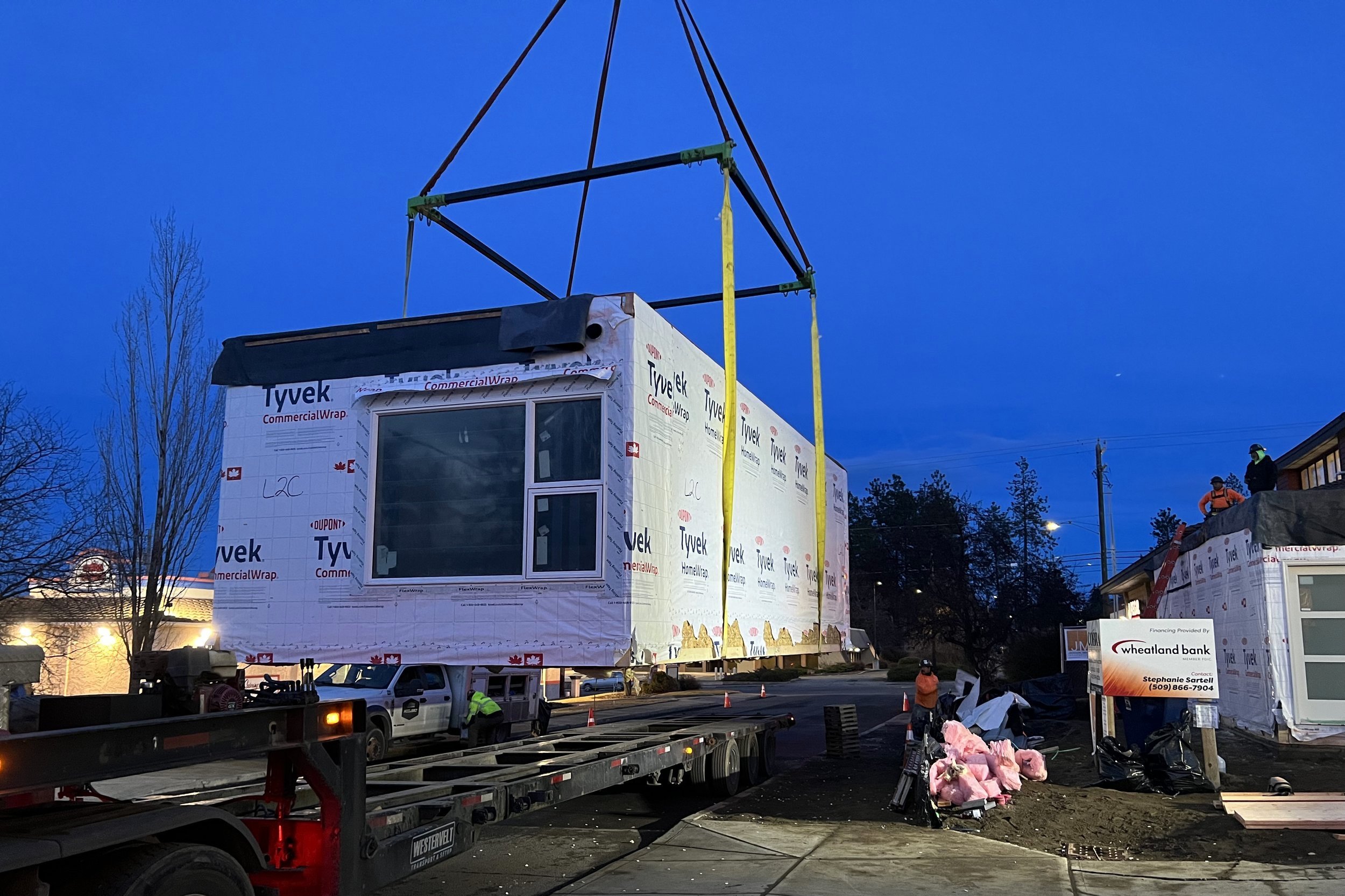
Frequently asked questions.
Why Workforce Housing?
As senior executives within the healthcare industry, we experienced the challenges of hiring and retaining employees critical to the operations of our hospitals and health systems. These employees cannot work from home and many of them work shifts on days, nights and weekends. Many of these health systems are in established communities where housing costs have risen exponentially faster than salaries. While these essential workers have good jobs and competitive wages, they are required to seek housing outside the communities where they work, making transportation and time with family a challenge. It is not only healthcare workers who are experiencing these challenges. First responders, teachers, trades people, hospitality and retail workers often struggle to find attainable housing. This is why we believe those providing critical services need the opportunity to live in the community where they work.
Why Develop Housing for Those Earning 80-120% of Area Median Income?
The need for affordable housing is massive across the country. However, the use of the term affordable is as broad as the need for housing. The most common way to break up the definition is by levels of Area Median Income (AMI). There are many federal programs focused on those who make less than 50% AMI. These developments are generally considered low-income and/or supportive housing, and are most effective when paired with social service partnerships. In comparison, those earning over 120% of are the target market for most commercial developers. Between 60-120% of AMI is the “missing middle” of the housing market. Those earning too much to qualify for federal subsidies but earning too little to compete in the general commercial market. Within this “missing middle”, Oldivai has elected to focus on those earning 80-120% AMI, as these are often families for whom the “micro-apartments” often constructed as workforce housing simply do not meet need. Often these are households with dual incomes, who are filing critical roles within the community but are often overlooked with the housing market. In our discussions with employer groups, it has become clear that this sector of the market represents an area of untapped opportunity.
Why Modular Construction?
The use of Modular manufacturing is a conscious choice of Oldivai. We seek to evolve the process and methods of construction utilizing a. manufacturing based strategy to meet the volume of housing need in communities across the United States. Modular production occurs within a climate-controlled factory that improves quality, reduces waste, mitigates supply chain risks, accelerates speed to market, and is more environmentally sustainable. While modular construction does not necessarily cost less than traditional construction methods, it provides higher returns thru speed to market and ability to scale.
What is the “secret sauce” of Oldivai?
Real estate development and construction is not new. The methods of building housing have not significantly changed in the last 50 years. It is an industry ripe for disruption, if we are going meet the volume demand of the market. We believe that the “secret sauce” of Oldivai is our focus on process, scalability and team. Co-founders, John and Susan have been working together for over 16 years, with a track-record of building effective teams delivering mission-oriented results. It all starts with the right culture. We then focus on building LEAN/Six Sigma based processes that promote quality, efficiency, speed to market and high-volume scalability. Oldivai is focused on building a “machine” for housing production, just developing individual properties.
How does Oldivai implement a LEAN process?
Most industries over the past century have followed the lead of Henry Ford, continuously evolving more efficient production techniques that drive down cost and increase scalability. Housing construction, however, remains firmly rooted in a “custom-crafted” delivery model that does not meet the needs of our growing communities. We are taking the idea that you don’t build your car in your driveway and applying it to construction of homes. Factory based modular housing production is not a new idea. However, it has faced challenges in adoption as projects have rarely been designed from the ground-up to leverage the strengths of a manufacturing based philosophy. At Oldivai, we are committed to a fully integrated process that utilizes a highly focused team, modular manufacturing, streamlined site prep and completion and a repeatable design to eliminate waste from the methods and schedule of development.
What happens after the Oldivai units are built?
Oldivai is developing Build-to-Rent units. We design it and we operate it. We are a long term partner that sticks around. Once Oldivai Development has completed a project and received Certificate of Occupancy, Oldivai Properties will take over. As a property management firm focused on Oldivai units, we have the opportunity to partner with employers in healthcare, first responders, school districts, the trades and many other vital community partners to offer our units to their critical workforce. We offer them a safe, quality place to live with the goal of offering it at a rate that is not burdensome. Finally, we offer them additional information, tools and connections related to financial education, financial planning, career development and the information on the road to home ownership if that is what they desire.
Why Start in Washington State?
As co-founders of Oldivai, we both live in Washington state and have been working with local healthcare entities and other employers for the past 20 years. We are serving our local community. In addition, we have been managing rental units across Washington for the past 6 years and so know this market well. We have seen the challenges within the workforce of finding housing near employers. The Washington State Department of Commerce has also released data showing 1M+ units needed over the next 20 years, 147K of those units in the Oldivai target market. While we have kicked things off in Washington State, Oldivai has designed a model and process that can be implemented in any state or city in need of workforce housing.
